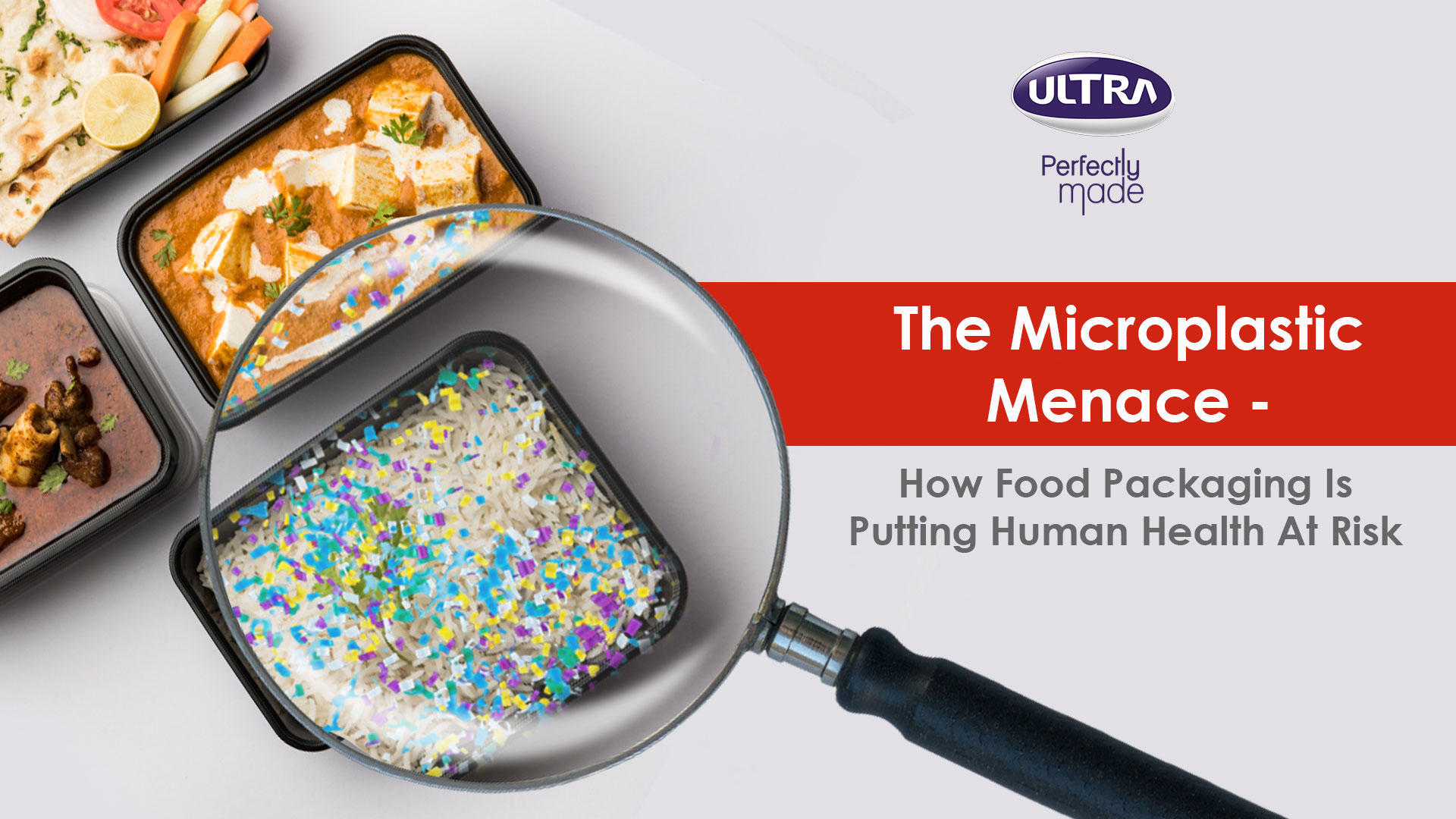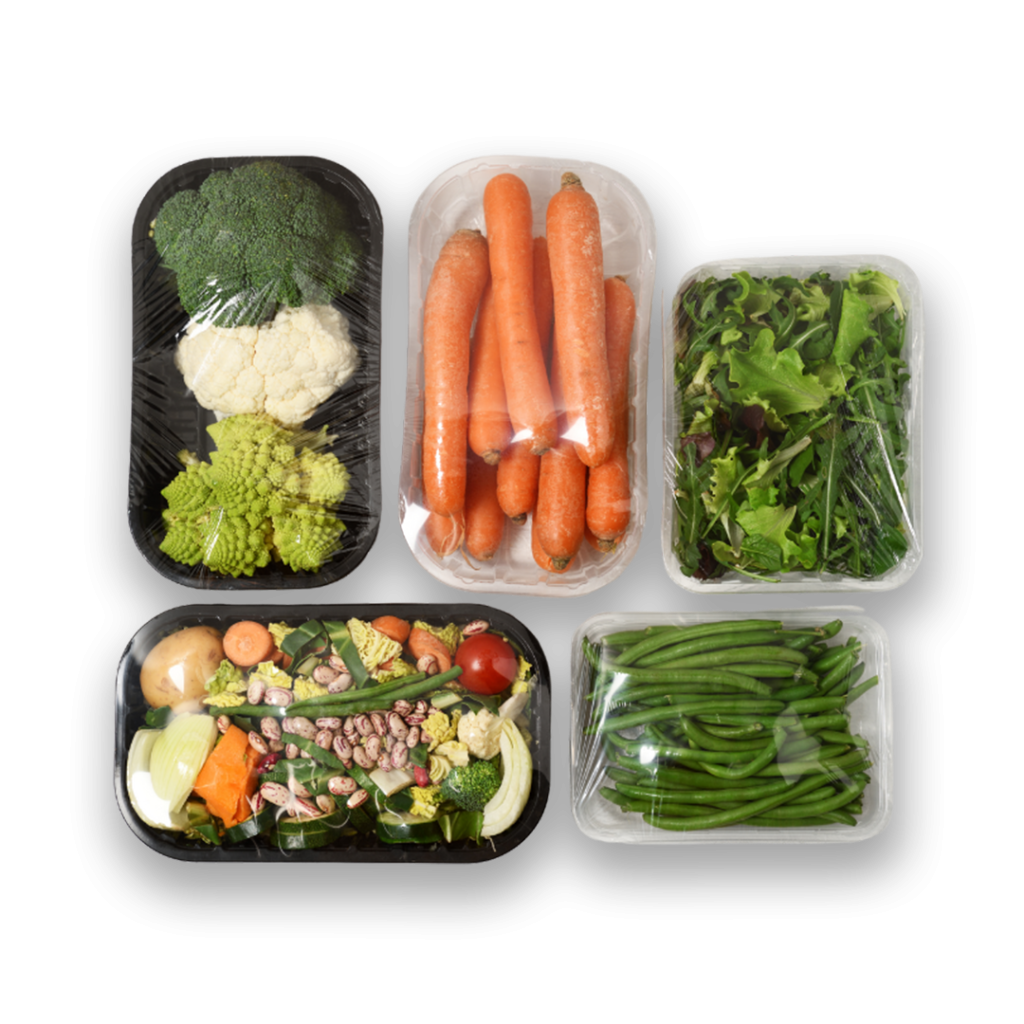
The Microplastic Menace–How Food Packaging Is Putting Human Health At Risk
In todays’ high-speed world, plastic packaging is widely used to preserve food, extend shelf life, and provide convenience. However, the same plastic that protects our food is also contaminating it. Microplastics—tiny plastic particles less than 5mm in size—are increasingly being detected in packaged food products. These particles can leach from plastic containers, wrappers, and bottles into our meals, raising serious health concerns. As plastic pollution worsens, so does our daily exposure to these invisible threats.
How Microplastics Enter Food Through Packaging
Microplastics have become a threatening concern of our environment. They are found in oceans, soil and even in the air we breathe. Microplastics in food is on an alarming rise, mainly because of plastic packaging. Plastic packaging sheds microplastics into food through various means as follows.
- Heat and Microwave Exposure – Heating food in plastic containers increases the risk of plastic leaching. Studies have shown that high temperatures cause plastic to release microplastics and harmful chemicals into food.
- Degradation Over Time – Plastics break down over time due to exposure to heat, light, and mechanical stress. As packaging degrades, tiny plastic particles can migrate into food, especially in products stored for long periods.
- Friction and Handling – Repeated opening and closing of plastic packaging, such as resealable bags, can cause small particles to shed. Even the simple act of tearing open a plastic wrapper can release microplastics.
- Plastic Bottles and Beverages – Bottled water, soft drinks, and juices stored in plastic containers often contain microplastics due to bottle degradation. A study found that bottled water contains nearly twice as many microplastics as tap water.
- Disposable Cutlery and Packaging Materials – Single-use plastics, including straws, cutlery, and food trays, shed microplastics upon use. This is particularly concerning in fast food and takeout meals, where plastic exposure is frequent.

Health Risks of Microplastics from Food Packaging

- Chemical Contamination – Many plastics contain harmful additives like bisphenol A (BPA), phthalates, and flame retardants. These chemicals can interfere with hormones, affecting reproductive health and increasing the risk of chronic diseases.
- Gut and Digestive Issues – Studies suggest that microplastics may disrupt gut bacteria, cause inflammation, and impair nutrient absorption.
- Potential Toxicity – Microplastics can carry toxic pollutants from the environment, introducing additional health risks when ingested.
- Cellular Damage – Emerging research indicates that microplastics may enter human cells, leading to oxidative stress, DNA damage, and inflammation, potentially contributing to conditions like cancer and metabolic disorders.
How to Reduce Exposure to Microplastics in Food Packaging
While it may be impossible to eliminate microplastics entirely, you can take steps to minimize your exposure.
- Avoid Packing Hot Food in Plastic – Hot food in plastic packaging is very harmful. Instead use stainless steel containers or single-use foils.
- Use Glass, Stainless Steel, or Ceramic Containers – Store food in non-plastic containers to reduce contamination.
- Avoid Microwaving/Cooking Food in Plastic – Transfer food to a glass or ceramic dish before heating.
- Choose Fresh and Unpackaged Foods – Buy fresh produce and bulk items instead of pre-packaged foods.
- Choose Safer Packaging Alternatives – Support brands using biodegradable or non-plastic packaging materials.
- Drink Tap Water with a Filter – Instead of bottled water, use a high-quality filter to reduce plastic particle intake.
- Use food-grade water bottles – Opt for good-quality water bottles or steel water bottles. Also do not overuse plastic water bottles.

Microplastics from food packaging are a growing concern that requires immediate action. As research continues to uncover the potential dangers, individuals and industries must adopt safer practices to reduce plastic contamination. By making small changes in our daily habits, we can protect our health and contribute to a cleaner, less polluted world.

